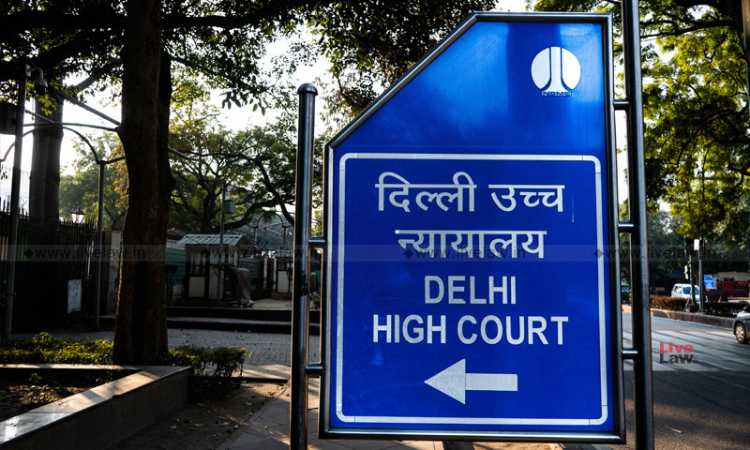- Home
- /
- News Updates
- /
- Plea Seeking Parity In Legal Age...
Plea Seeking Parity In Legal Age For Marriage: Centre Says It Formed A Task Force To Study The Issue
Karan Tripathi
19 Feb 2020 2:28 PM IST
In a plea seeking parity in the marriageable age for men and women, the Ministry of Women and Child Development informed the Delhi High Court today that a task force has been constituted to study the issue of 'age of girls entering motherhood'. The counsel for the Central Government, Monika Arora, informed the Division Bench of Justice DN Patel and Justice Hari Shankar about...
In a plea seeking parity in the marriageable age for men and women, the Ministry of Women and Child Development informed the Delhi High Court today that a task force has been constituted to study the issue of 'age of girls entering motherhood'.
The counsel for the Central Government, Monika Arora, informed the Division Bench of Justice DN Patel and Justice Hari Shankar about the observations made by Finance Minister Nirmala Sitharaman in her budget speech.
In her speech, the Finance Minister has addressed this issue by stating that:
"Women's age of marriage was increased from 15 years to 18 years in 1978, by amending erstwhile Sharda Act of 1929. As India progresses further, opportunities open up for women to pursue higher education and careers. There are imperatives of lowering maternal mortality rate (MMR) as well as
improvement of nutrition levels. Entire issue about the age of a girl entering motherhood needs to be seen in this light. I propose to appoint a task force that will present Its recommendations in six months' time".
After being informed of this fact, The court asked the counsel to file an affidavit regarding the same. Since, Petitioner Ashwini Kumar Upadhyay was not present during the hearing, he has been given another opportunity to present his case.
On the last date of hearing, She Monika Arora had requested the court to adjoin the Ministry of Law and Justice in the present case so that the government can come up with a unified response on the directions sought in the PIL.
The Petitioner submits in his plea that the aforementioned distinction in minimum age for marriage not only violates right to gender equality under Articles 14 and 15 of the Constitution but also it goes against India's obligations under CEDAW.
According to him, the distinction reinforces patriarchal stereotypes about women and goes on to cite the law laid down by the apex court in National Legal Services Authority v. Union of India, (2014) 5 SCC 438, Pravasi Bhalai Sangathan v. Union of India, (2014) 11 SCC 477 to argue that such a distinction violates the right to equal social standing and perception.
In addition to this, it is also mentioned that this distinction leads to the power imbalance in a matrimonial household which further aggravates social deprivation of women. The higher minimum age for men is guided by a flawed perception that the husband is the sole breadwinner of the family and hence requires higher education before marriage to make an earning for himself and his family.
The matter with next be heard on May 28


